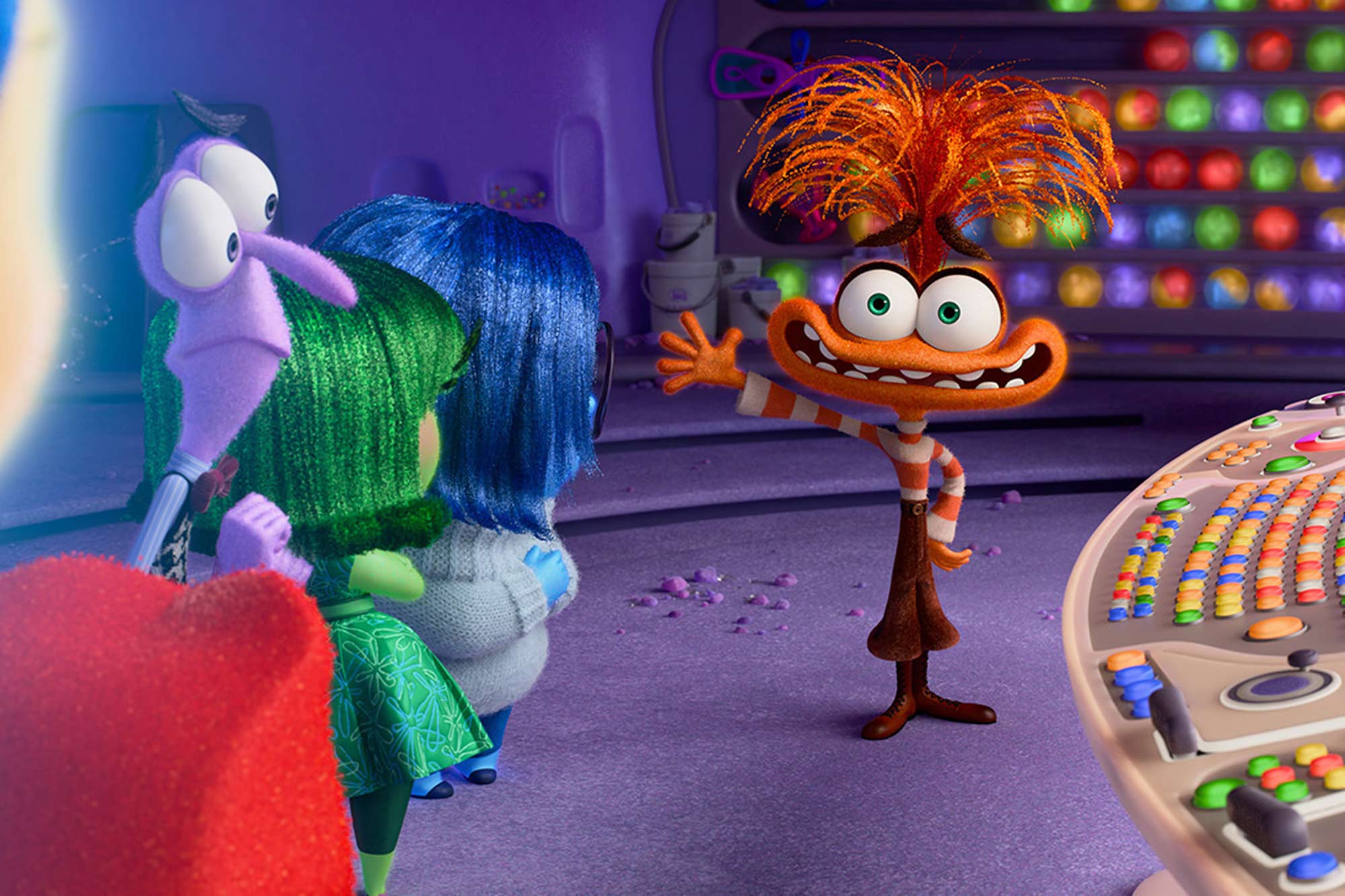“It’s refreshing to see a movie that brings to life the complexity of emotions and the magic of early adolescence do so well at the box office,” Zabek said.
UVA Today sat down with Zabek, a fan of the original “Inside Out” movie, to hear more about early adolescence, mental health for teens and ways adults can support them.
Q. The teen character Riley experiences new emotions with the onset of puberty. How would you describe the expansion of emotions that come during this time?
A. Early adolescence is a critical time for so many areas of development, and it’s a particularly sensitive period for social-emotional growth. It’s characterized by marked changes not just in a young person’s body, but also in their brain, cognition, motivations and needs.
Young people become more socially motivated and aware, and peers become more influential. Their relationships shift from being more family-centric to focused on social and peer interactions. Neurological changes in their brains contribute to increased complex, abstract and social thinking. Adolescents start to form a sense of identity as they develop a greater understanding of the world around them and their place in it.
These changes set the stage for emotional changes that include increased self-consciousness, embarrassment, guilt and anxiety. And hormonal changes during this period contribute to emotional extremes. So, feelings are often big and can change quickly.
Q. How can adults support adolescents as they navigate a wide range of emotions?
A. It’s important for adults in adolescents’ lives to make room for distressing emotions and to encourage adolescents to understand and productively respond to the information that their emotions are communicating. Feeling anxious about an upcoming test? That anxiety can signal the need to study and provide the motivation required to hit the books. Feeling bored on a mid-summer day? That boredom can prompt teens to be creative, explore interests, or connect with friends and family.
Adults don’t need to protect teens from distressing emotions. They need to encourage teens to recognize, tolerate and proactively respond to emotions. When repeated over time, this pattern instills the confidence and skills that teens will need throughout their life to cope with and address life’s challenges.
Q. How can movies like “Inside Out 2” be helpful tools for families and caregivers in conversations with their teens?
A. Movies like this can normalize experiences for teens and parents. Teens and parents may feel isolated or alone in their experience of this time of life, and so it’s important for them to see that the changes and challenges they are facing aren’t indicative of a problem with them but are expected patterns of development.
Movies like this can also open the door to conversations about experiences and emotions. When I was a practicing school psychologist, I often utilized movies and media like “Inside Out” as a tool or reference point to support kids in identifying and communicating their emotions and experiences.
It can be as simple as disclosing a way in which you, as a parent, educator or other adult, identified with the movie. Maybe you remember experiencing feelings of anxiety like Riley’s when you were a teenager. Tell the teen in your life about it. Ask them if they’ve had similar experiences or if they identified with other parts of the movie. Your willingness to express your emotional experiences might encourage them to do the same.











